I am currently reading for a second time, The Power of Moments: Why Certain Experiences Have Extraordinary Impact, by Heath & Heath. It explores the examples and research on how some brief encounters or experiences can strike us, impress, affect, and change us. The first time I read it through the lens of my own personal experiences and walked away with a renewed sense of the importance of the weekly family dinner ritual in our home. This time, the connections I am making to this topic are exploring ways to help those I serve in my work as a consultant to assist them in creating defining moments in the constituencies they serve. Heath & Heath’s research suggests there are specific defining moments in our lives that create meaningful experiences that ultimately stand out in our memories (p. 4). And, that people’s defining moments share common elements. More specifically, moments of elevation, insight, pride and connection.
Recently, I sat down with a person serving as the Director of Admissions. She shared with me that 65 students applied to the school, 43 were accepted and 25 enrolled. I asked what the current practice was in alerting a student that his/her application was accepted. She said the parents receive an email. If we apply the research of the power of moments to this process, could the school be missing an opportunity to create a defining moment that might possibly increase the likelihood the child enrolls? Why not capitalize on the element of pride, elevation or even connection?
Here are some examples of ways a school could create a defining moment for parents and their children:
- How about sending a personalized video to the child and his/her parents announcing the good news?
- Or perhaps create a frame with the school’s name and mascot on it for the family to post on social media with a hashtag such as #futurestudent.
- Add in to the announcement, as Heath & Heath suggest, some school swag to further help the child feel part of the family.
Soon you elevate the moment. In reality, the moments of elevation are applicable to all aspects of the admissions process.
- Applications can go live at an announced day and time creating an increased level of anticipation.
- A photo board could list the accepted students as “members of the class of …,” as if one were listing members of the cast for the upcoming musical. Current students could be listed as back again for the second season cast members.
Regardless of what you language you use, the goal is to create the sense of pride, insight, elevation and connection that ultimately stands out as a defining moment in the life of the student. What a world it would be if we all were centered on creating powerful moments for one another.

